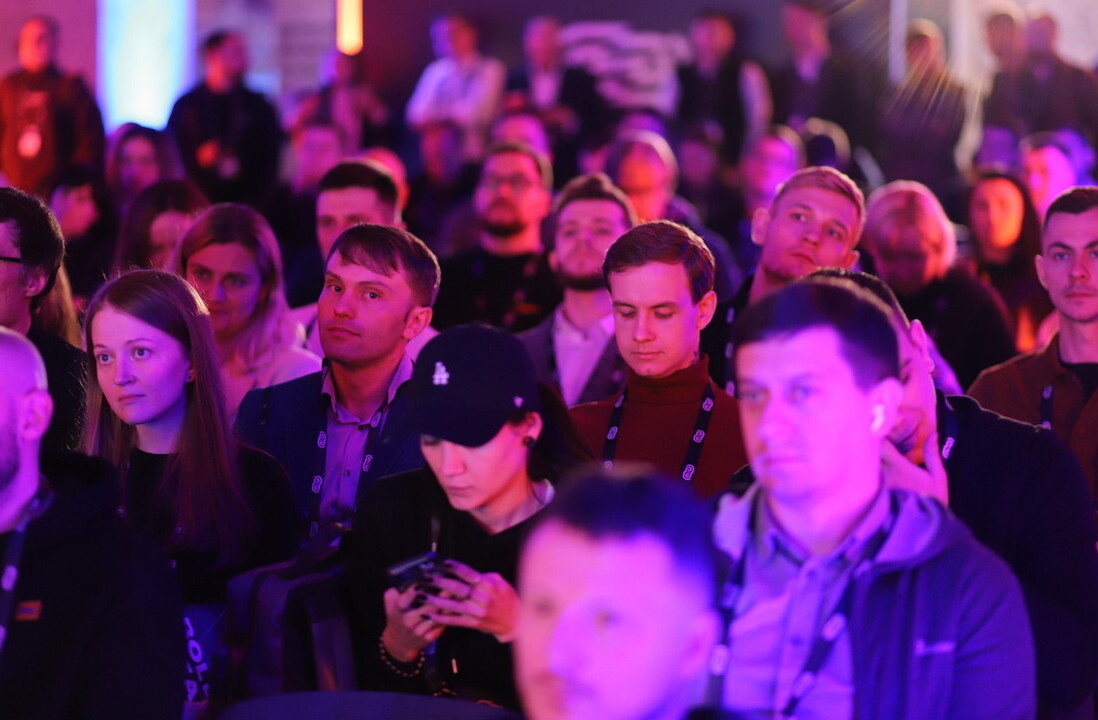
Len Kendall is the founder of CentUp. Prior to starting a company he worked in PR where he helped put out fires and manage digital communications.
Crowdfunding has brought some interesting things into the world. That includes a company which recently sold to Facebook for $2.4 billion dollars, and soon it will help repair Cedric the Tortoise’s penis.
Despite raising billions of dollars to launch new projects, Kickstarter and tools like it have been used incorrectly by thousands of creative professionals. Much like using a hammer to prune a tree, Kickstarter isn’t the right tool for an ongoing effort.
A writer does not generate one book or article. A musician does not make one album. A podcaster does not record for just one year. Yet crowdfunding has swayed many content producers to build their funding around moments in time or one big project.
Whether it’s a hobby or a career, people tend to practice their craft their entire lives and put out small pieces incrementally and frequently.
Crowdfunding has worked well to raise funds in general, but what works for gadgets, games, and reptilian phalluses does not work for as well for content.
If you’re building a physical object it requires a minimum amount of committed capital because the alternative means outrageous costs per item. In other words, the cost (and risk) of producing one virtual reality fitness tracker is far more expensive than the cost of 1 of 10,000 virtual reality fitness trackers.
Now if you’re producing a digital file like a song or an e-book, the product scales from zero to infinity and the price per item remains fairly flat. And even though content producers could easily sell items like this on an ongoing basis, the success of massive crowdfunding projects has lured them towards massing hundreds or thousands of orders of content.
Sadly though, content crowdfunding campaigns rarely amass these kinds of numbers and content producers realize after their first campaign that the planning, fulfillment, and lack of continued engagement post-campaign makes the crowdfunding route not worth it.
Crowdfunding is a short-term solution
So what are content producers to do? Amanda Palmer says that artists should not fear “asking” for monetary support, and I tend to agree with her.
Kickstarter has made the art of asking easier because it makes the value exchange very simple. You’re asking people to pledge X and when the 30 days is up they’ll get Y. Even if their pledge is nothing but a thank you, it feels easier for creators to go about asking for money this way because the campaign feels temporary and the outcome feels very tangible.
The problem however is that you can’t pull this off more than once, if that. Once you’ve cashed the crowdfunding chip, it’s going to feel exponentially more awkward if you do it again 6 months later.
Instead, find ways to make it really easy and personally fulfilling for your fans to support you on an ongoing basis. Funding a content project as a massive campaign makes an audience member feel like just another number who happens to also be getting a t-shirt or some stickers. But giving someone the opportunity to support you at any time makes the donation feel far more valuable.
Candy Crush your fans with love
Make your fans feel good about chipping in small amounts frequently, don’t guilt them into supporting you once, and then never again.
If you look at popular mobile games like Candy Crush, game developer King uses the freemium model brilliantly (some might say deviously). Asking people to pay for an app upfront would be like a crowdfunding campaign, enticing them to pay small amounts along the way not only helps you generate funds over a stretch of time, it keeps customers engaged.
If you’re a writer, musician, podcaster, illustrator or anyone else who pumps out work regularly, think about how you can use tools that maintain a long-term relationship between you and your fans.
At CentUp, we recommend a few of these tactics to our community. This is not even close to an exhaustive list:
1. Without having to redesign the look or functionality of your site, you can provide your fans with exclusive content.
Create an email newsletter that is invite only. Bring in those who pledge the most to your content and take time each week to make that exclusive membership worth your readers time.
Depending on your content, those exclusive items could be videos, white papers, podcasts, and so on. A lot of people think that this doesn’t work because people don’t like paywalls. The key is to position this content as “behind a wall” but rather as stairs they can slowly climb. Read more about that here.
2. Create a “cleaner” experience for your premium members.
What does that mean? Most of the time it means kill ads. If you look at what Slate is doing with its new Slate+ feature, you’ll see that they’re incentivizing their loyalists with a more beautiful product.
Again, this shouldn’t be confused with a paywall, it’s merely a luxury version of a product that a publisher must continue to tease general visitors with.
3. Physical rewards are often a pain when you’re giving them away via a crowdfund.
It forces you to spend a huge amount of time sourcing, packaging, addressing, and shipping items out to people at a crucial moment in time when you’re about to launch something new. TERRIBLE TIMING DOT TUMBLR DOT COM.
Now when you offer ongoing tangible rewards to your paying fans, this process gets easier. You can set up a bi-weekly session to package and ship goods to paying fans.
Not only will this help with logistics, but you also will have recurring instances of your fans sharing their goodies in social media versus having this happen all at one time after a crowdfunding campaign when you’ve already got a saturation of buzz.
4. Spotlight people amongst their peers in your community.
Narcissism is a powerful tool. You can highlight your best fans in ways that both makes them feel validated and makes them serve as aspirational people that others can strive to become.
Let’s say you’re a podcaster. Inviting one of your supporters to join you for a few minutes on air would be a huge incentive for others to continue to support your show financially. They know they’re helping you, and they know it buys them a chance to get some public attention.
5. Keep a running list of people to meet in person.
Maybe you live in a large city. Maybe you travel a lot to other cities? When people support your work financially, you should always be thinking about opportunities to create closer bonds with them when you get the chance.
Personally, when I’m travelling to other cities I tend to go through my contact list and see who I might want to invite out for a coffee or beer. I cross reference who has shown me some love recently, and who is someone I want to continue to grow a relationship with.
While this isn’t a scaleable practice, you’re making your biggest supporters 10x more likely to share your story (and keep supporting you) if you show them you’re a real and awesome person.
Ultimately, all of the above items can be used during a crowdfunding campaign. We did this when we crowdfunded our own product, but again this isn’t a great idea if you’re a creator of ongoing content.
Use the above ideas as a start, and then build a long list of timeless incentives for your community. Once you’ve put together a solid value exchange, find tools that let you get paid over the long run, and avoid competing against the crowd supporting Cedric’s penis.
Get the TNW newsletter
Get the most important tech news in your inbox each week.








